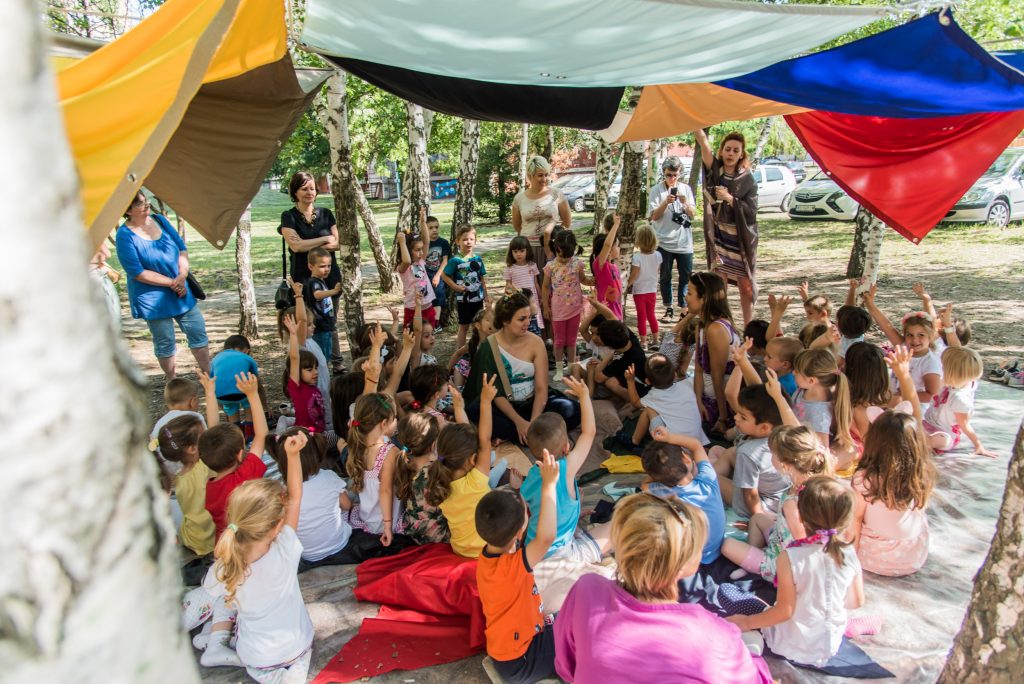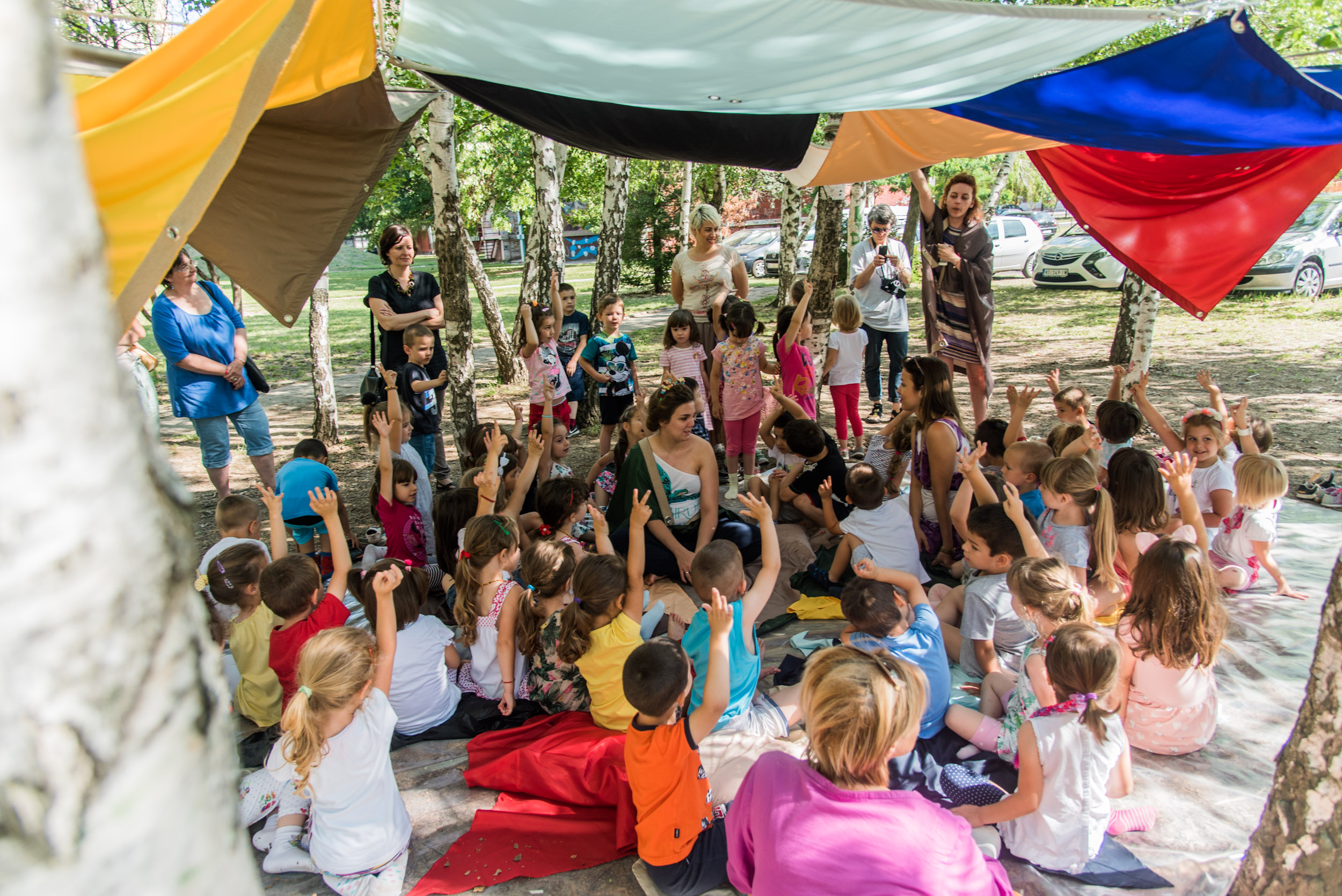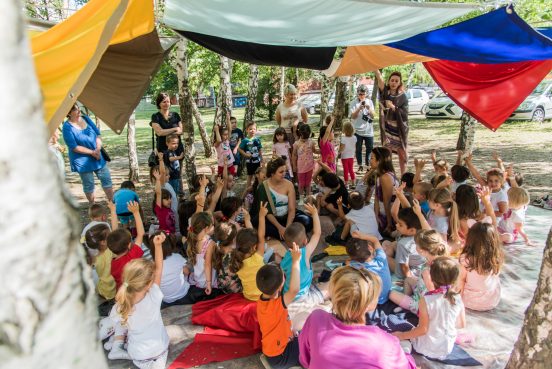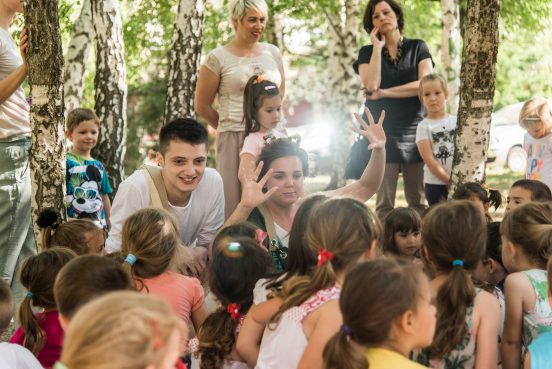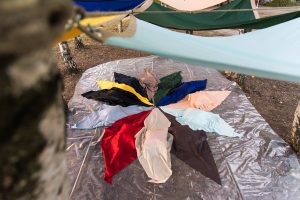What kind of community is this?
This community mostly consists of the working-class people at the periphery of the town Novi Sad. Novo Naselje is the biggest municipality in Serbia with a population around 40. 000 inhabitants, and the biggest part of Novi Sad.
Historical and cultural context
Novi Sad is relatively young middle scale city (340.000 inhabitants), capital of the Autonomous Province Vojvodina and second latest city in Serbia. Since its foundation, it has been a multicultural hub, patchwork of diverse cultures, ethnicities and religions. Its economical boom in the 1960s and the 1970s has doubled the population and, as a consequence, urged planning and building of totally new districts relatively close to the city centre. Different from the prefab settlements in Eastern Europe and framed by high standards of Yugoslavian planning of that time, new districts of Novi Sad have been built as a hybrid of garden-city and socialist-modernist utopias. However, from the very beginning, the cultural infrastructure was somehow missing (planned for later phases) and actually never developed due to the economic recession the country was facing at the end of the 1980s and beginning of the 1990s. This situation, in which culture got a minor role at the district level, created a situation of cultural domination of the so- called ‘city-centre’ and occasional cultural-highlights such as Exit Festival. Moreover, although quite spatial, Novo Naselje did not develop particular public-space-culture, but rather a mesh of transitory open spaces in between some urban nodes.
Although Novo Naselje is at the periphery of the town, it has a good connection with all parts of the city. However, this particular neighborhood is considered as a “sleeping district” with very little or no cultural/art events and actions. The urban structure is amazing with a lot of green spaces, which, are, however, often unused or even neglected. Novo Naselje is a “family-oriented” neighborhood that has 4 kindergartens, big elementary school (around 1700 kids), elderly home and school for children with special needs. These institutions are not collaborating as much as they ought to, although they are a big part of our community. The population consists of predominantly working-class people. Often their economic status or working time does not allow them to see/experience culture and art so often.
What activities have been carried out together with the communities?
Community of Novo Naselje was involved in MagiC Carpets project in several ways. Firstly, community was involved as an inspiration for the artists by giving them relevant stories, essential information and individual opinions in an informal meeting during the residency. Their role was co-creative, but also while the art piece was settled among the birches, the inhabitants were changing and playing with it, giving it another shape/meaning. So, the art piece triggered the community to be involved indirectly, causing their intuitive attachment. While artists were conducting research, several focus groups from Novo Naselje have meet to help artists to get objective picture so they can build the art piece based on relevant information and important stories. People from the community were directly involved in building this art installation and helped this idea grow. The community was very willing to participate at workshops as well as attending the final events that fulfilled the idea and the meaning of the art piece further.
MagiC Carpets project: DIALOGUES IN MOVEMENT and DIALOGUES IN MOVEMENT – INNER DIALOGUES
Duo Grossi Maglioni (Italy)
